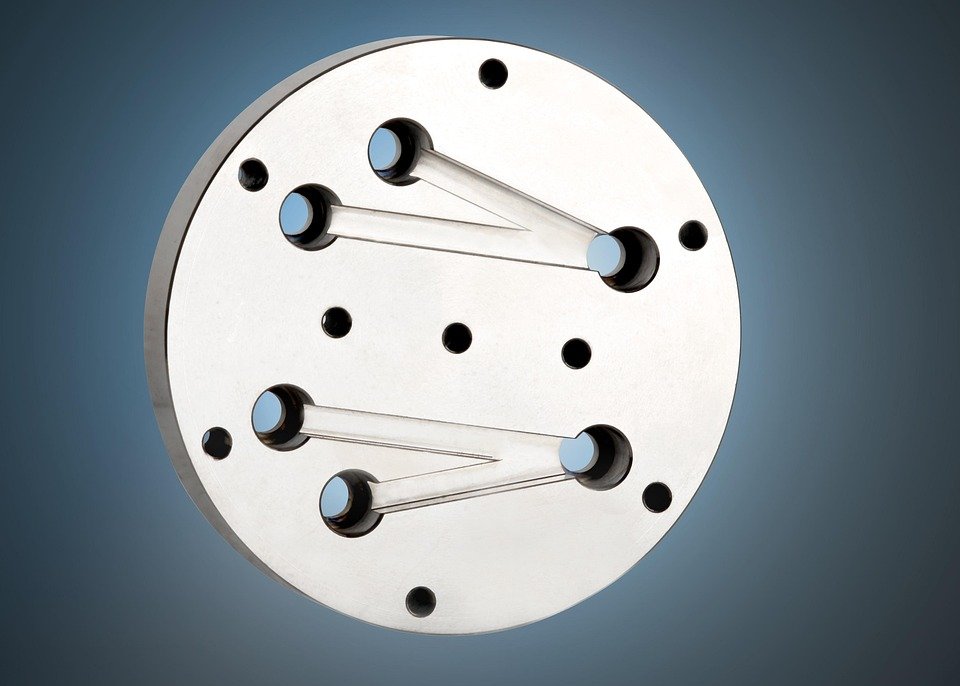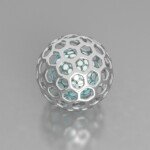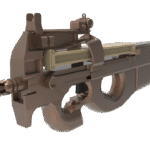Unlocking peak performance: Expert strategies for HAAS CNC mill efficiency
In today’s highly competitive manufacturing environment, maximizing the efficiency of CNC mills is not only desirable, but it is crucial. At Greatlight, with our advanced five-axis CNC machining capabilities and deep industry experience, we have seen how optimization Haas Mills can transform productivity, reduce costs and improve part quality. Whether you are processing aviation alloys, medical components, or automotive prototypes, these evidence-based efficiency strategies can revolutionize your workflow.
1. Optimize setup and labor for rapid turnaround
- Modular fixed system: Use tool plates with standardized anchor points (such as occlusion fixtures or lang vises). This will cut the time by 50%+ and ensure repeatability between batches.
- Preset tools offline: Keep the preset away from the machine. Paired with a HAAS-friendly control system, it allows instant tool loading, eliminating machine downtime for calibration.
- The pallet pool performs lighting operation: Equip Haas Mills with a tray changer (e.g. HRT160/210). When the machine is running, make presets on the auxiliary tray for 24/7 operation – perfect for large orders.
2. Master Cam Programming for Minimum Tool Wear and Cycle Time
- Implementing HSM/Adaptive Tool Path: Replace traditional paths with high-speed machining technology. Reduced radial interactions cut deeper at higher speeds, reducing cycle time to 30%, while reducing tool wear. (Verified by our internal testing of Okuma and Haas Umas).
- Relentlessly optimize parameters: Each material requires specificity. Adjust feed/speed in real time using HAAS’ Winchip™. Example: 6061 Aluminum Love 18k rpm, using variable end mill over 800 IPM aluminum RPM – avoid shear buildup and poor effects.
- Canned cycle and macro: Customize G-code loops for repetitive functions (e.g. G71/G73) to eliminate programming redundancy and improve consistency.
3. Harness automation and process controls
- Wireless detection integration: HAAS’s intuitive detection performs automatic workpiece alignment and process measurement. Correct the set parts in the middle of the cycle, reduce waste by 25%, and avoid manual inspection.
- Haas Connection Diagnosis: Pair your factory with this IoT platform. Remote monitoring of spindle load, temperature and operation time. Predictive alerts (for example, hydraulic pressure rise) allow you to proactively schedule maintenance without unplanned.
- Automatic uninstall solution: Integrate corn cobs or conveyors that remove finished parts during the weekly gap to maximize the use of spindles.
4. Tool selection and maintenance: the forefront of efficiency
- Heat shrink holder with ER collets: For reworking, the heat holder provides 3x better beat accuracy (below 0.0002"), increasing tool life and finish. Book a light duty.
- Professional paint:
- For hardened steel: coated with alternative tools to reduce cutting temperature and resist wear.
- For composites: Diamond-like carbon (DLC) extends life by minimizing stratification.
- Daily TLC protocol: Pull the chip away through the high-pressure coolant wire. Clean the ball screws with a non-corrosive solvent every week. Put the spindle warm-up routine into the control – Cold starts causing premature wear.
5. Operator Training and Data-Driven Disciplines
- Cross-training operators of HAAS NGC: Ensure that the team uses visually fast code for threading and Windows-style editing without coding expertise. Faster iterations = fewer programming bottlenecks.
- Religious tracking efficiency indicators: Record settings time/parts, OEE and tool costs/components. Greatlight Client Case: Tier 1 vendors increase OEE from 68% to 89% by using logs on the spindle.
- Actively reduce chat: Use built-in vibration analysis (controlled by HAAS 410) to identify harmonic resonance and dynamically adjust the RPM.
6. Active preventive maintenance
- In addition to the lubrication of HAAS, check every 500 hours:
- weekly: Check the oil/water in the air filtration; a clean conduit.
- per month: Reconstruct the coolant manifold disperser to maintain tool washing.
- each year: Laser calibration linear guide for perfect alignment of micro rulers.
Conclusion: Improve productivity through strategic mastery
The efficiency of HAAS CNC MILLS has nothing to do with occasional adjustments, but rather a philosophy that integrates technology, expertise and strict discipline. By optimizing tool paths, automated inspections and investing in predictive maintenance, manufacturers can unlock unprecedented ROIs for these cost-effective work pilots. At Greatlight, we use our multi-axis expertise to pilot these strategies every day to deliver precisely produced components with faster turnover and uncompromising quality. Whether you need complex five-axis aluminum prototypes or hardened stainless steel batches, our team can transform your productivity. Ready to optimize your next project? Request your precision CNC quote now.
FAQ: HAAS CNC mill efficiency strategy
Q1: Can I do wireless detection on older Haas Mills?
Answer: Absolute. HAAS Intuitive Detection System (IPS) is suitable for most models produced after 2006. Costs can be repaid in a few months by reducing waste and faster setup.
Q2: How to save time with traditional milling using adaptive tool paths?
A: By maintaining a constant tool load, adaptive milling can reduce the speed of the cost per part of the tool by 30-50% by avoiding excessive wear during corner interactions.
Question 3: What is the biggest efficiency killer in the HAAS CNC store?
Answer: Manual tool presets and touches in the middle of shifting gears. Offline preset + detection automation will recover high-mixed production for more than 30 minutes.
Q4: Will Greatlight handle internal fixtures of complex geometric shapes?
A: Yes. Our engineering team designed custom vacuum panels, improved attractions and hydraulic fixtures that maximize stiffness during 5-axis machining, reducing setup time by 80%.
Q5: How often should I run the calibration cycle?
A: Calibrate weekly for detection to maintain accuracy. Coordinate checking (G54 offset) should be verified using a reference reference.
Q6: Can you fix a difficult alloy like cutting an Inconel Cut -Inconel on Haas Mills?
A: HAAS effectively handles high-pressure spindles and rigid frames and effectively handles TI-6-4 alloy. We use a low RPM strategy and ceramic end machine for optimisation for minimal heat transfer.
Question 7: What is the key to preventing spindle heat exhaustion?
A: Mandatory warm-up routine (built in HAAS control) + high flow coolant to dissipate heat under the cutout. Biennial spindle encoder aligner extends life by 12-18 months.










































